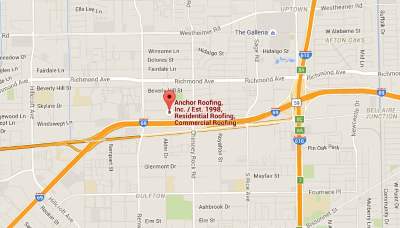How To install Flat Roofs
Flat roofs are illustrious features in the design of a beautiful home. Although they are appealing, removing water during periods of rain and snow may be a problem. Flat roof installation is something that can be done yourself, utilizing the proper resources. One of the most appealing features is that the flat roof tends to attract more attention to the true beauty of your lawn and garden.
Not only is this design visually attractive, you can find many ways to utilize this design in ways such as, a roof on the garage, above the entrance gate, balconies and roof terraces. (There are countless ways to make use of your roof area)
As mentioned earlier, you must take into account the misfortune of the rain and freezing conditions. This is one of the reasons many people prefer the design of the sloped roof. Over the past 10 years, statistics show an increase in the amount of homes built with leveled roofs. Warranties for flat and sloped roofs are just about the same.
With the best roof contractor, quality materials, and proper flat roof installation, your roof will last you a pretty long time. It is also watertight which means that you won’t have the issue of water damage and leakage. The roof should be sealed using a glued EPDM rubber membrane. This membrane is doesn’t weight much and won’t require complicated installation or tools. Even a mediocre handyman can install the roof on his own home. Listed below is the summary of the initial steps to install flat roof:
Step 1: Framing the Roof
Contrary to the name, the flat roof is not actually flat. The roof should be slightly inclined about 1/8 inches per square foot. They are generally sloped in several different areas near water spouts. The incline is formed by using wooden wedges nailed to the roof support or foam underlayment.
Step 2: Covering the Plywood
To allow the roof to breathe, leave areas of space between the joints when applying the plywood onto the roof’s framing.
Step 3: Putting in the Underlayment
Before you install roll roofing, you should put down an ISO board. The ISO board is a half an inch thick foam with a fiberglass backing. To shape the board you can use a normal cutting knife .
Step 4: Slanting the Corners
Surrounding the lining of the flat roof is a short wall which the rubber roof will be glued to. Form a 45 degree wedge and screw into place into the space between the wall and roof.
Step 5: Dry-fit and Clearing the Remains
Be sure to remove all particles from the previous roofing material before flat roof installation. Even a small piece of material could puncture the new one and cause damage to the new roof.
Our contractors install, replace, and repair roofs in the Houston, TX area, including Katy, Sugarland, Missouri City, Pearland, Spring, Cypress, Galena Park, Richmond, Rosenberg, Stafford, The Woodlands, Baytown, Clear Lake, Galveston, La Marque, Pasadena, Deer Park, Sealy, La Porte, Brookshire, and Columbus.

